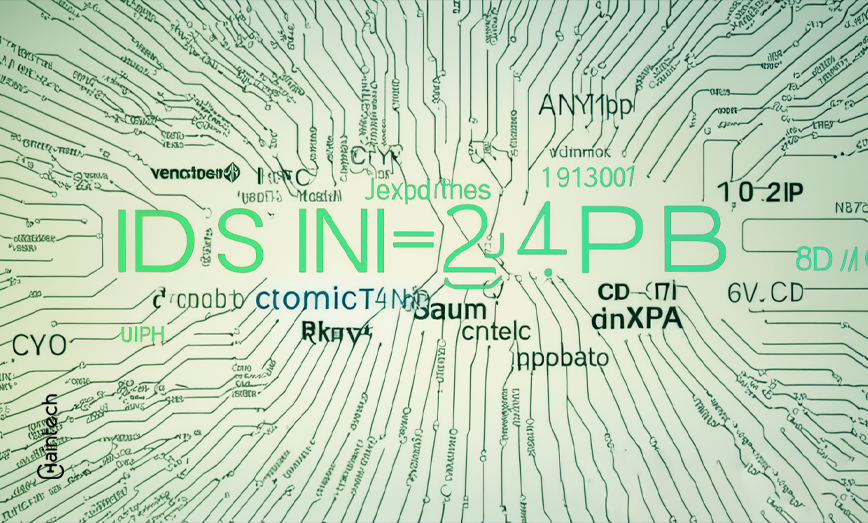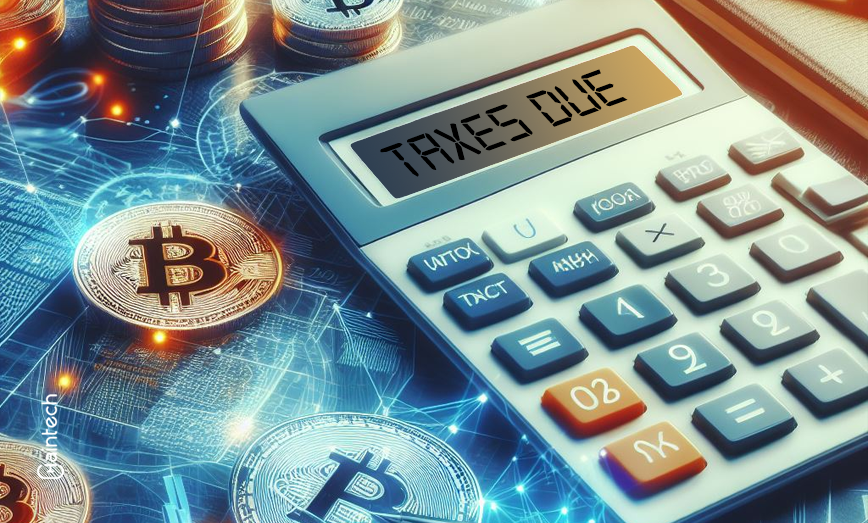What is IOTA Blockchain? How does it work?

Over the past several years, blockchain has garnered much attention from enthusiasts and critics, not least due to cryptocurrency market fluctuations. Despite being one of several blockchain uses, cryptocurrencies have garnered the most public interest. Bitcoin and Ethereum are highlighted in popular news, so other cryptocurrencies have received less exposure. The direct acyclic graph (DAG) feature of IOTA Blockchain sets it apart from other cryptocurrencies.
In this blog, we will examine IOTA and how it works!
What is IOTA?
IOTA is a platform for smart contracts made to manage payments and other exchanges between physical objects that are online. The IOTA platform uses the cryptocurrency token MIOTA to enable transactions.
The Internet of Things (IoT) ecosystem uses IOTA (MIOTA), a distributed ledger, to record and manage transactions between machines and devices. The ledger tracks transactions inside its network using a coin known as MIOTA. Tangle, a network of nodes utilised for transaction confirmation, is the main invention of IOTA. Tangle, according to IOTA, is quicker and more effective than the standard blockchains used by cryptocurrencies.
The nonprofit organisation that created the ledger, the IOTA Foundation, has signed contracts with well-known businesses like Bosch and Volkswagen to increase the platform’s usefulness for linked products.
History of IOTA
- David Snsteb, Dominik Schiener, Sergey Ivancheglo, and Dr. Serguei Popov founded IOTA in 2015 to create a distributed ledger for the IoT industry.
- In June 2016, IOTA launched an ICO, raising $500,000 in Bitcoin. Its unusual architecture and fee-free transactions became popular rapidly.
- Over time, IOTA has partnered with IoT firms and institutes to improve its technology. IOTA co-founded the Trusted IoT Alliance in 2017 to develop open IoT standards.
- Over $15 billion was IOTA’s market valuation by late 2017. The project was criticised for security weaknesses and network consensus issues.
- Despite these obstacles, IOTA has improved its technology and addressed these difficulties. Coordicide helped decentralise IOTA by deleting the coordinator node in 2019.
- IOTA developers and supporters continue to advance IoT distributed ledger technologies.
How does IOTA Blockchain work?
IOTA uses a distributed ledger technology different from blockchain, unlike Bitcoin. Users must validate two transactions in order to complete their own transactions using the Tangle consensus technique, which IOTA developed.
Tangle is a DAG consensus algorithm. This technique has no miners, validators, blocks, or transaction fees. IOTA says this helps it “overcome the cost and scalability issues of blockchain,” according to its website.
The DAG structure enabled no-fee payments, lower computation costs, and IoT device connectivity to address blockchain’s scalability and cost issues.
IOTA fits the IoT economy because it eliminates large transaction costs, which would require human monitoring and intervention, which the IoT was supposed to avoid.
This “smart contracts” platform is rewriting its ledger and consensus algorithm. IOTA 2.0 is decentralised.
Features of IOTA Blockchain
The IOTA Tangle blockchain offers users and developers various unique features and benefits. Here are some IOTA features:
No-Fee Transactions:
IOTA has no transaction fees, unlike blockchain networks. This functionality is suitable for IoT microtransactions, where devices trade small amounts of data or value.
Scalability:
The IOTA Tangle is highly scalable, with shorter confirmation times as user numbers rise. This makes it suited for high-throughput, low-latency applications.
Decentralization:
As a decentralised network, IOTA has no central authority. Users can transact and connect directly without intermediaries.
Security:
The IOTA Tangle uses the Markov Chain Monte Carlo (MCMC) technique to avoid double-spending attacks and secure the network.
Resisting Quantum:
Quantum-resistant Winternitz One-Time Signature Scheme (WOTS+) cryptography powers IOTA. This strengthens network security against quantum computing threats.
Green Tech:
IOTA is more energy-efficient than blockchain networks because it validates transactions without mining. This makes distributed ledger technology greener.
Flexibility:
The IOTA Tangle supports micropayments, supply chain management, and other applications.
Should you buy IOTA?
IOTA and the IoT expansion sound good, but there are no assurances they will succeed. From a massive cryptocurrency sell-off to a recession and market meltdown, many unknown events could affect IOTA.
IOTA has a promising long-term prognosis, but fear of losing out might impair an investor’s judgement. Cryptocurrency is volatile; therefore, you could lose money.
However, if you love IoT technology and understand the hazards, IOTA may be worth considering for a small crypto portfolio. Consult a financial advisor before investing.
Conclusion
IOTA is a cryptocurrency project that is highly different from the norm in business. It is a very unique coin. This idea is definitely something that investors who are interested in thinking about the future of smart cities and industrial revolutions ought to look into for themselves.
In spite of the fact that it has not yet occurred, IOTA has the potential to become a very appealing payment alternative for end-users due to the fact that its transactions are tamper-proof, almost instantaneous, and free of fees.









